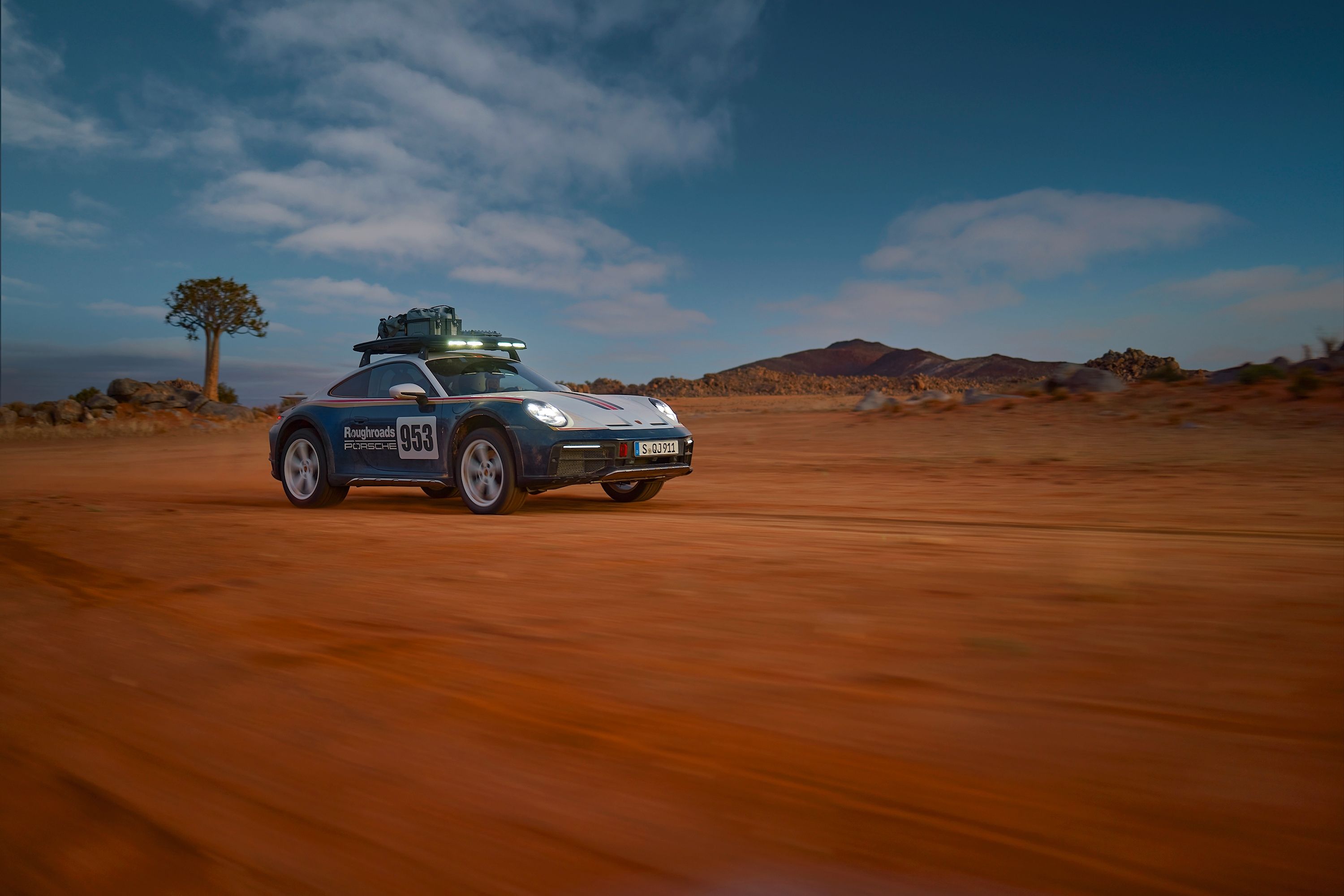
Porsche is hitting the new 911 Dakar trend hard, as it spent months recommissioning the original 959 Paris-Dakar that came second in the infamous rally with Jacky Ickx behind the wheel and Claude Brasseur pointing him in the right direction.
Ickx and Brasseur finished behind an identical 959 driven by Rene Metge and Dominique Lemoyne. The winning car has a prime spot in the famous Porsche Museum, and it's unlikely it will ever be touched or driven again. "The winning car remains untouched, and we keep it in a kind of time capsule, so to speak, with all of the physical traces of the rally preserved for as long as possible," explains Kuno Werner, Head of the Museum Workshop.
But the second-place car is less valuable, so Porsche decided to restore it to its former glory. The job took multiple months, and the work was completed by Porsche Heritage and Museum teams together with their colleagues from Porsche Classic.
The good news is that you can follow the restoration on YouTube. The first episode is live already, and you can watch it above. Five more films will follow on 3, 5, 7, 9, and 11 February.
Three 959s lined up for the start of the 1986 Paris-Dakar Rally. Two were actually competing, while the third was a service car driven by project manager Roland Kussmaul and Wolf-Hendrik Unger. Even though they were only supposed to serve as support, they came sixth overall.
It took two years to turn the 959 into a rally car. The engineers did all of the obligatory upgrades, including double shock absorbers and all-terrain tires. But it's no secret that Porsche was also developing its first all-wheel-drive system for use in road cars, and that's really what gave the team such a huge advantage.
Unlike most of the other competitors, who used 4WD systems with a standard 50/50 split, Porsche equipped the 959 with a hydraulically controlled center differential that could split the power variably. With most of the weight on the rear, the car could comfortably run with most of the power going to the rear axle, which allowed for a top speed of 210 kph (131 mph). To put that into perspective, modern Dakar Rally cars top out at 112.5 mph.
"We want to keep the original condition and only lightly overhaul the car while eliminating any technical flaws," said Kuno Werner, Head of the Museum Workshop. This second-place car had roughly 11,000 miles on the clock, which includes the distance of the Paris-Dakar, plus a little bit on top.
"The car was in very good condition, with no major defects or corrosion. As with any restoration with the specific mission of preserving as much substance as possible, the team looked at each part individually and made partial repairs where this was unavoidable. Many of the original parts had near-series production prototype status," said Werner.
While taking the car apart, the team still found sand and dirt from the African desert. "As this was not an everyday thing for us, it was fascinating. Muddy dirt showed us today that the 959 Paris-Dakar went through rivers and had experienced water in its interior," said Werner.
There was some damage to the kevlar bodywork, but the team decided not to repair the damage to preserve the history. "We even left the cable ties exactly where they were after testing and overhauling all of the parts. After all, the car's appearance cannot be recreated. Only by keeping the damage from back then can we tell the story authentically and preserve it," Werner concluded.
Porsche invited Jacky Ickx to the unveiling of the lightly restored car, and he was given the honor of being the first one to drive it. Porsche's six-part series will likely culminate with Ickx giving the car some stick. That much is clear from the images provided.
11 February 2023 can't come soon enough.
